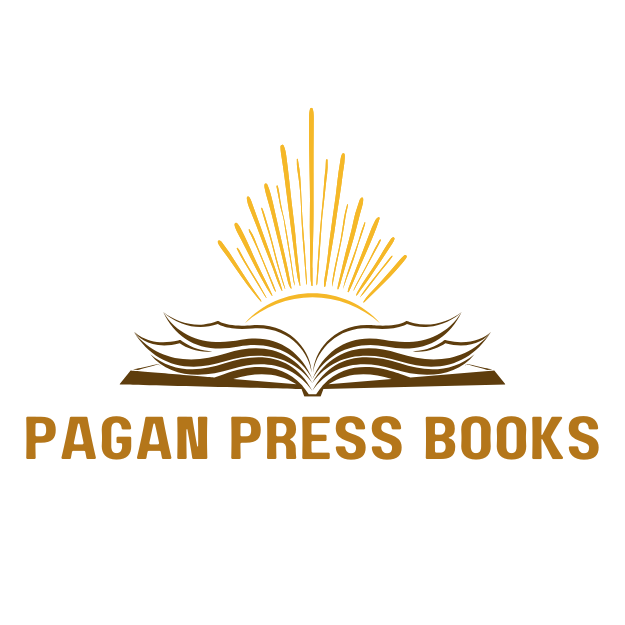Table of Contents
ToggleHave you ever wondered how some stories just stick with us? They linger in our minds while we’re trying to sleep or pop up unexpectedly during our day. Well, that’s the magic of a creative narrative. It’s like being invited to step into another world, filled with quirky characters and unexpected twists. But how do we weave these captivating tales? Let’s explore how we can master the art of creative narrative together.
Creative Narrative
At its core, a creative narrative is more than just a tale: it’s an experience. We’re talking about connecting with readers on a deeper level. This genre of writing offers us the opportunity to blend imagination with reality, allowing us to express our unique voices. Think about it: a good creative narrative resonates because it taps into shared emotions and real-life experiences. So, when we create, we not only entertain but also build bridges between us and our audience.
Elements of a Strong Creative Narrative
We can think of a strong creative narrative as a beautifully crafted recipe. Each ingredient, or element, plays a crucial role in shaping the final dish. Some key elements include:
- Plot: The backbone of our narrative. It guides readers through the journey, driving the action and connecting events.
- Characters: Ah yes, our favorite people. Well-developed characters are essential. They should have depth, motivations, and flaws that make them feel real.
- Setting: This is where the magic happens. A vivid setting pulls readers into our world, painting a picture that is hard to forget. When we articulate the sights, sounds, and scents of our environments, we create immersive experiences.
- Point of View: The lens through which our story is told. A well-chosen perspective can either invite readers in or create a moment of distance.
Techniques to Enhance Your Narrative
To truly elevate our storytelling game, we can employ specific techniques that bring our narratives to life.
The Role of Character Development
Character development is one of the most crucial techniques we can use. We want our readers to care about our characters, to root for them, or even to be intrigued by their flaws. By crafting backstories and exploring motivations, we allow our characters to evolve throughout the narrative.
Creating Compelling Settings
Let’s not forget about setting. A well-crafted setting can give life to our stories. By incorporating sensory details, we can transport readers to new places. Whether it’s a bustling city or a serene countryside, we should aim to make readers feel the atmosphere around our characters. Think of the sounds of rustling leaves or the smell of fresh coffee: these details add richness to our storytelling.
The Importance of Conflict and Resolution
Conflict is the heartbeat of our narrative. It’s what drives the plot forward and challenges our characters. Every story needs a central conflict, whether internal or external. This could be a character struggling with a decision or facing an antagonist. By introducing conflict, we create tension that keeps readers turning the pages.
Resolution, on the other hand, brings closure to our narrative. It’s our chance to address the conflict and show how our characters have grown or changed. Without a satisfying resolution, the story can feel incomplete, like an unfinished symphony. We want clarity and a sense of closure, leaving our readers fulfilled.
Finding Inspiration for Your Narrative
So, where do we find the inspiration to craft these poignant narratives? It’s often all around us. Everyday experiences can spark great ideas. We can draw from conversations, personal stories, or even news headlines. Also, literary works or art can ignite our imagination. By keeping a journal of these ideas, we create a treasure trove of inspiration. When we sit down to write, we can revisit these nuggets and begin shaping them into narratives that captivate.




